AO Edited
Olson House
If a visit to this farmhouse feels as if you are stepping into an artistic masterpiece, you’d be right.
In 1948, American visual artist and realist painter, Andrew Wyeth, created the painting “Christina’s World,” which became one of the most well-known works of the mid-20th-Century. The painting depicts a woman in a pale pink dress laying semi-reclined, as if crawling, in a barren field. She appears to be gazing towards a grey clapboard house, its barn, and outbuildings. The house in the painting is the Olson House, and aside from the artist’s rearrangement of some outbuildings, it looks just the same today.
Wyeth first saw the 14-room coastal farmhouse in Cushing, Maine in 1939. It was there he met his wife Betsy and her neighbors, Christina and Alvaro Olson. The sister and brother owned and resided in the house. Wyeth was captivated by the home and the Olsons with whom he enjoyed a 30-year friendship. The Wyeths spent every summer in Maine, and Andrew spent much of that time at the Olson House, where he had free range of the property. He even maintained a studio in a room on the upper floor. From 1939 to 1968, Christina, Alvaro, and the house were depicted by Wyeth in more than 300 drawings, watercolors, and tempera paintings.
Once believed to be a polio victim, it’s now thought that Christina Olson suffered from Charcot–Marie–Tooth disease, a degenerative nerve disorder which resulted in her paralysis from the waist down. Her condition necessitated the use of a wheelchair, however, she refused and instead chose to crawl around her house and property. Wyeth’s observation of Christina crawling through a field gathering blueberries inspired him to paint “Christina’s World.” The painting was purchased for $1,800 in 1948 and it remains in the permanent collection of the Museum of Modern Art in Manhattan, New York.
Captain Samuel Hathorn II originally built what would become the Olson House during the late 1700s. In 1871, it was remodeled by Captain Samuel Hathorn IV, who added several rooms and the steeply pitched roof. In 1929, Christina and Alvaro Olson inherited the home from their mother, Katie Hathorn, one of the last descendants of the Hathorns. The siblings resided there until they died. Christina passed away in 1968 and was buried in the family cemetery a short distance from the house. The Olson House was donated to the Farnsworth Art Museum in 1991 and was designated as a National Historic Landmark in 2011.
Wyeth died in Chadds Ford, Pennsylvania, on January 16, 2009, at the age of 91. In accordance with his wishes, he was buried in the Olson family cemetery in Cushing. His unadorned gravestone faces uphill towards the Olson House, just as Christina gazes in his iconic painting.
Know Before You Go
The house is closed for the 2024 season, due to restoration efforts inside. The grounds are open for walking around, however.

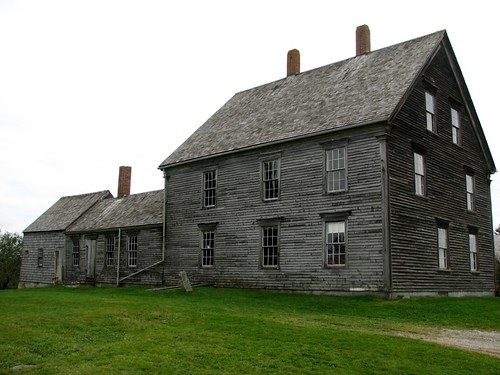
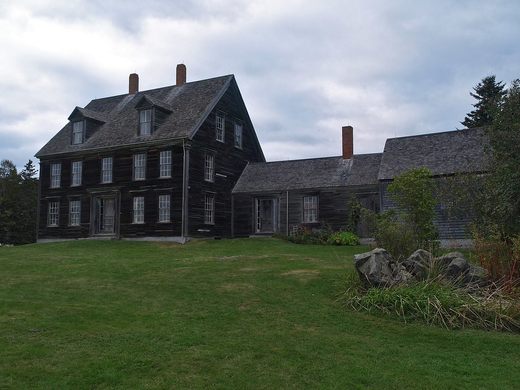
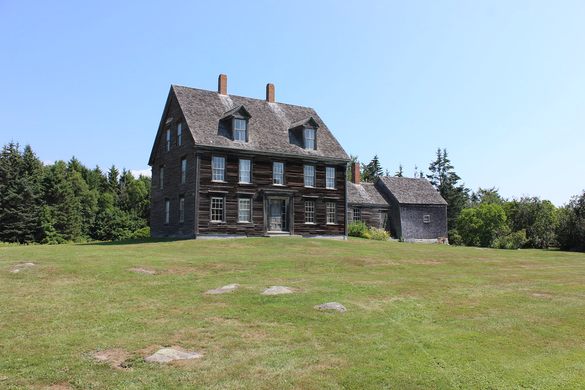
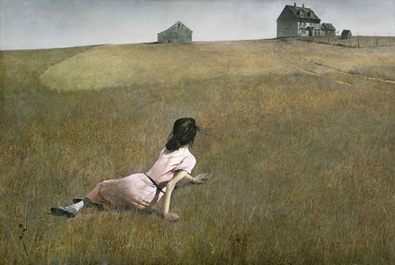
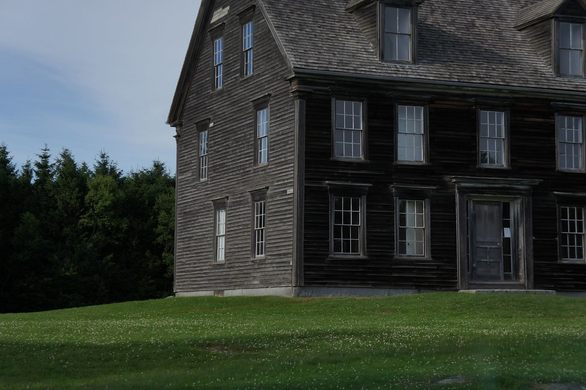
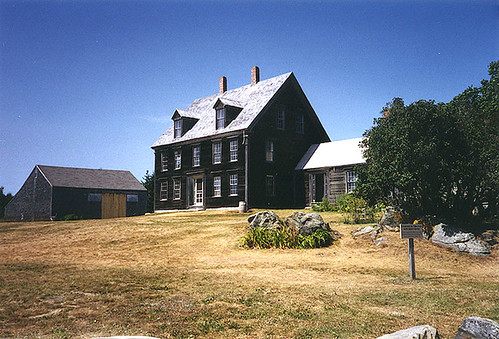

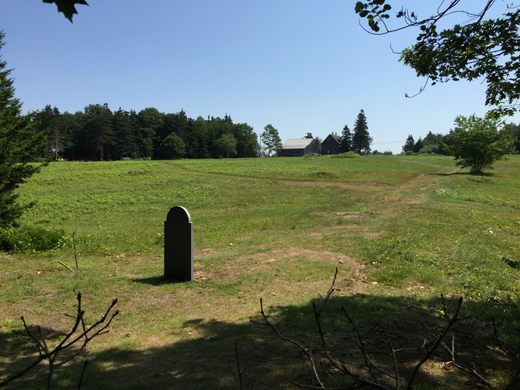
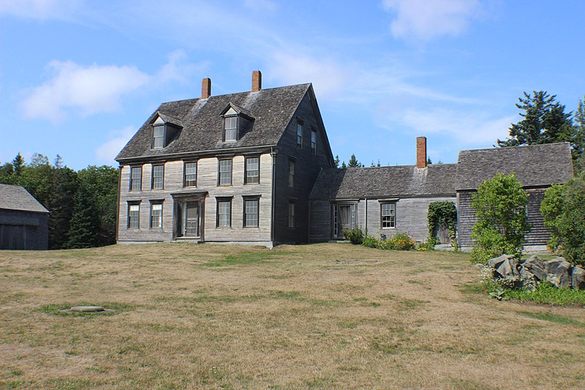










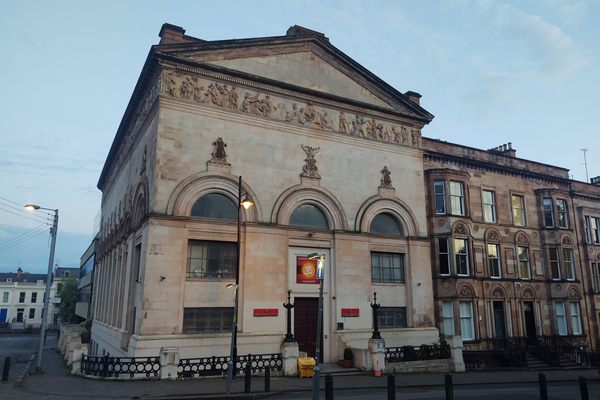


Follow us on Twitter to get the latest on the world's hidden wonders.
Like us on Facebook to get the latest on the world's hidden wonders.
Follow us on Twitter Like us on Facebook